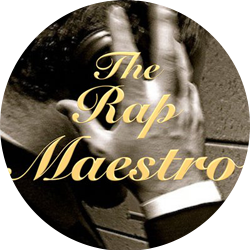The first entry in our “Influential Works” series is “Pavane Pour Une Infante Défunte” (in English, “Pavane For a Dead Princess”), by French composer Maurice Ravel. The pavane is a slow processional dance that was popular in European courts in the 16th and 17th centuries Although Ravel is widely considered French, he is also associated with Spain. His mother came from the Basque region of Spain, and he experienced the music of Spain through her. The only way I know how to describe this piece by Maurice Ravel, a French impressionist composer who lived from March 7, 1875, to December 28, 1937, is breathtakingly beautiful. The “impressionist” moniker means that often, one is left with the effect of having heard a piece, rather than remembering any specific part of it. Ravel, a couple years younger than the composer Claude Debussy, is invariably linked with the older Frenchman, as both a contemporary and as a influence (while Debussy is often himself considered an influence of Ravel.) Debussy and Ravel will continue to show up in this series. Although one might not hear much of Debussy and Ravel in my music, it is more like I have tried to borrow their aesthetic rather than use their materials and techniques, which I consider at this point in my education to be too advanced for me to use correctly. Their aesthetic is a soft, thoughtful, sweet, gentle one, in many instances, like here. Check out the wikipedia page for this work if you’re interested and would like to know more: Pavane Pour Une Infante Défunte. Enjoy!
@font-face {
font-family: “Cambria”;
}p.MsoNormal, li.MsoNormal, div.MsoNormal { margin: 0in 0in 0.0001pt; font-size: 12pt; font-family: “Times New Roman”; }div.Section1 { page: Section1; }
@font-face {
font-family: “Cambria”;
}p.MsoNormal, li.MsoNormal, div.MsoNormal { margin: 0in 0in 0.0001pt; font-size: 12pt; font-family: “Times New Roman”; }div.Section1 { page: Section1; }


Beautiful.